-
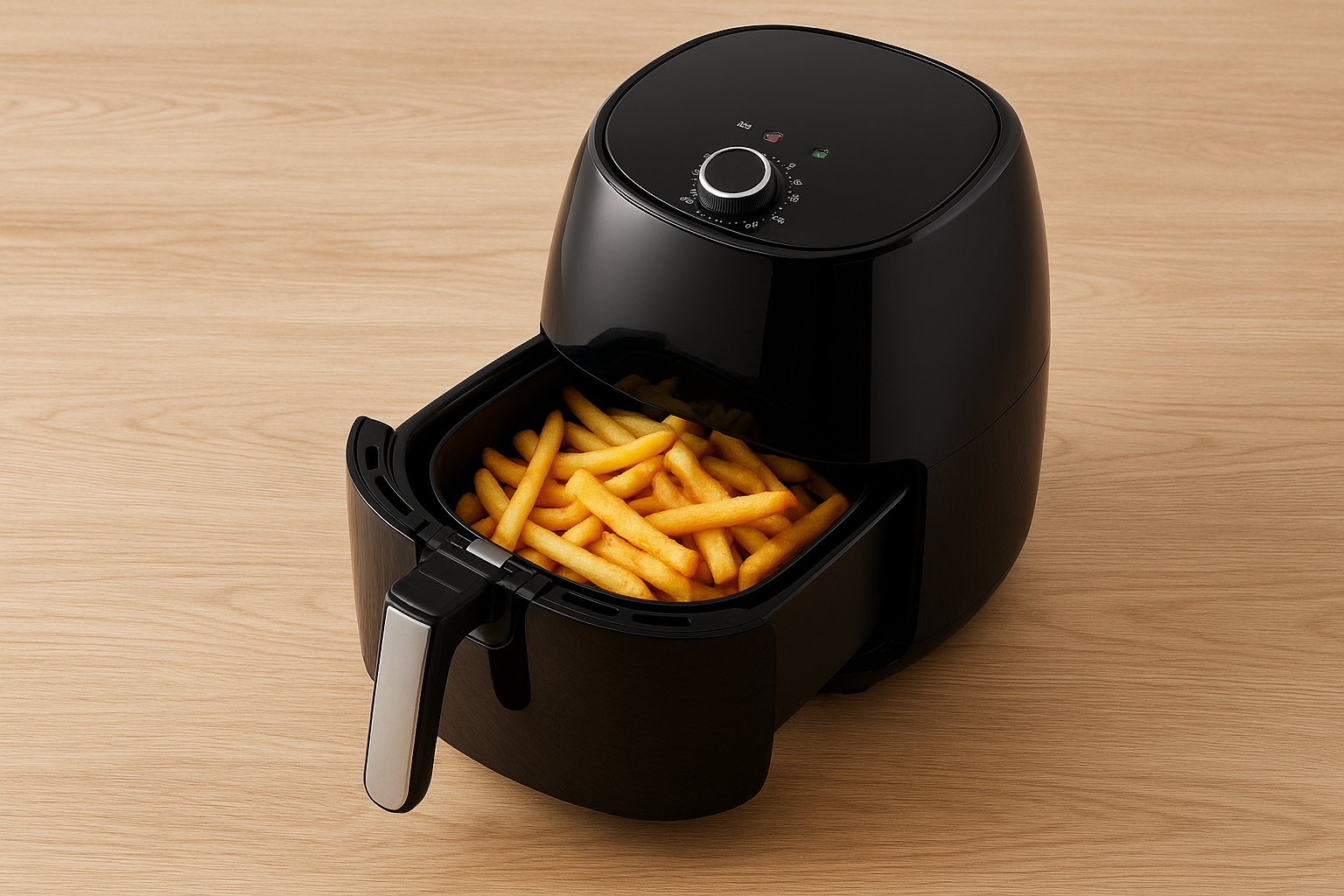
Is cooking potatoes in an ‘air fryer’ instead of deep-frying a better choice for people with diabetes because it significantly reduces fat intake?
1. The Principle of an Air Fryer An air fryer is different from the ‘deep-frying’ method, which involves submerging food in a pot full of hot oil. An air fryer works by circulating hot air at high speed with a fan, which dries out the surface of the food and makes it crispy using the…
-
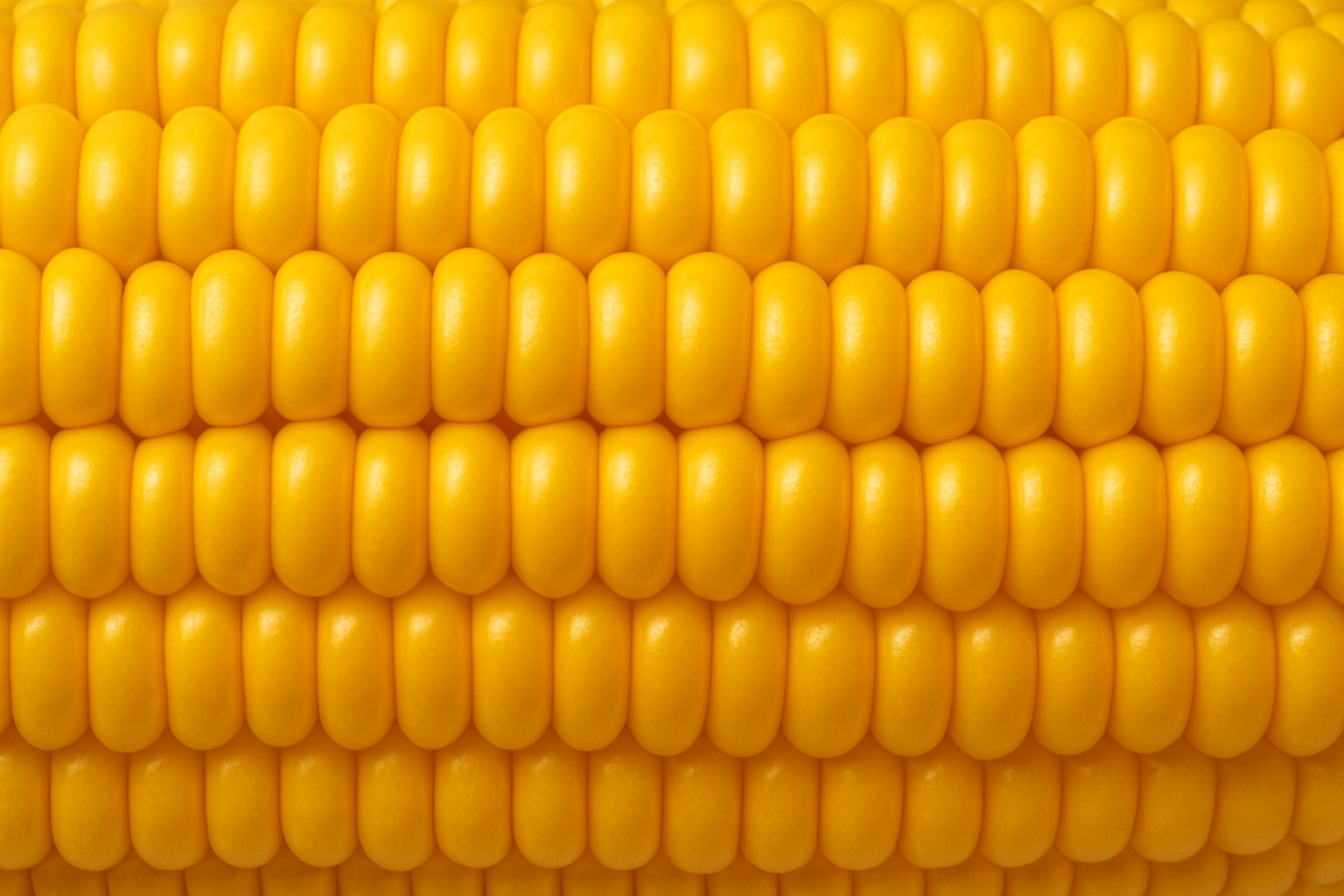
Are ‘corn flakes’, being a breakfast food made from corn, better for blood sugar than rice?
1. The Manufacturing Process of Corn Flakes Corn flakes are a cereal made by making a dough from cornmeal, rolling it out thinly, and then baking or frying it until crisp. Many products are also coated with sugar or syrup to make them more palatable. 2. The ‘Convenient Breakfast’ Trap While corn flakes are very…
-

Is ‘cassava’, the source of tapioca pearls, a root vegetable similar to sweet potatoes with a very high carbohydrate content?
1. What is Cassava? Cassava is a root vegetable widely cultivated in tropical regions such as Africa, Asia, and South America. Like sweet potatoes, its starchy tuberous root is used for food. It is a very important crop that serves as a staple food for hundreds of millions of people worldwide because it grows well…
-
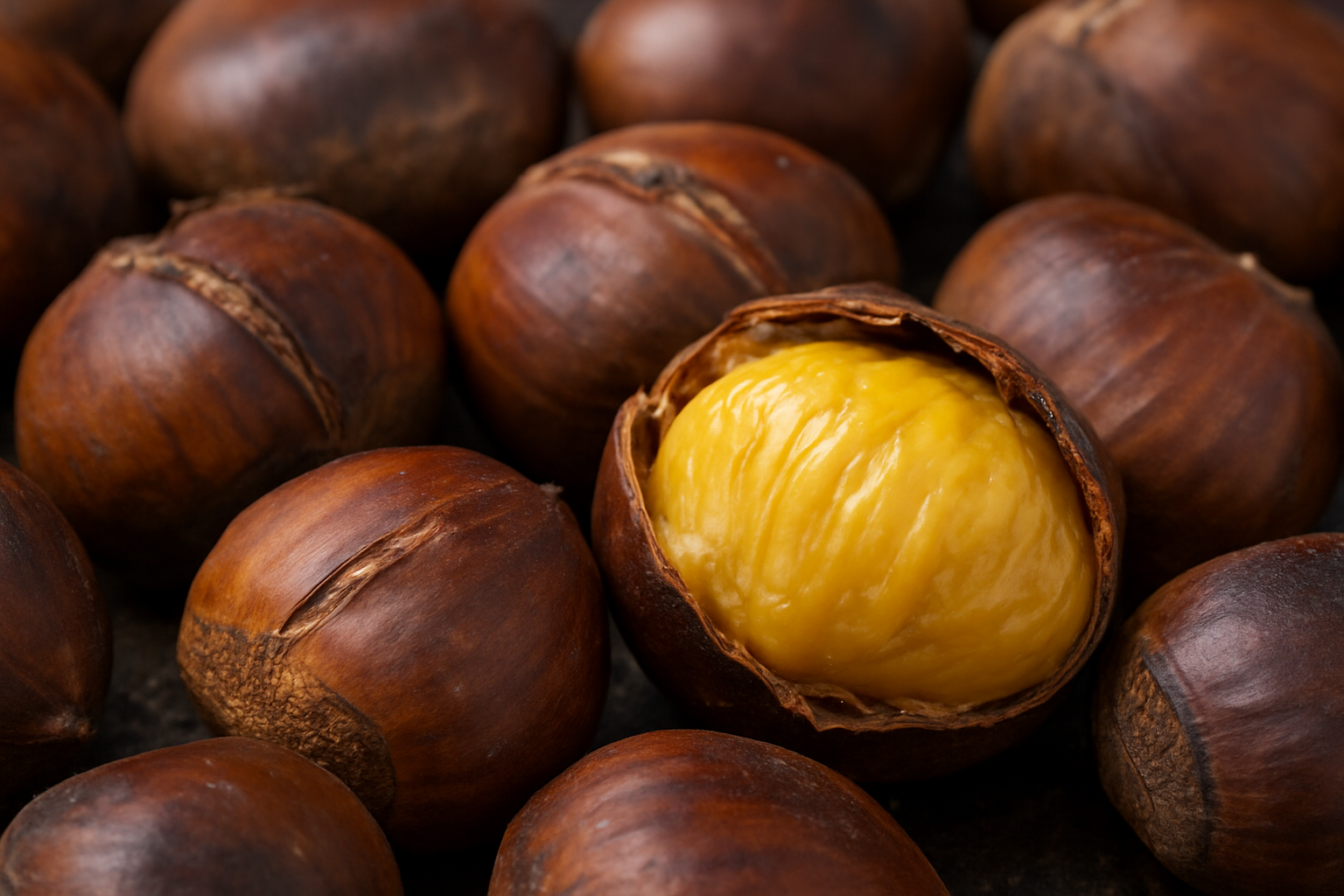
Are roasted chestnuts better for blood sugar than steamed chestnuts for the same number of nuts, because they have less moisture?
1. Chestnuts: A Carbohydrate Food, Not a Nut Although often thought of as nuts, chestnuts are fundamentally different from other nuts, which are mostly fat. The main component of chestnuts is ‘carbohydrate (starch).’ Therefore, a person with diabetes should think of chestnuts not as almonds or walnuts, but as small potatoes or sweet potatoes, and…
-
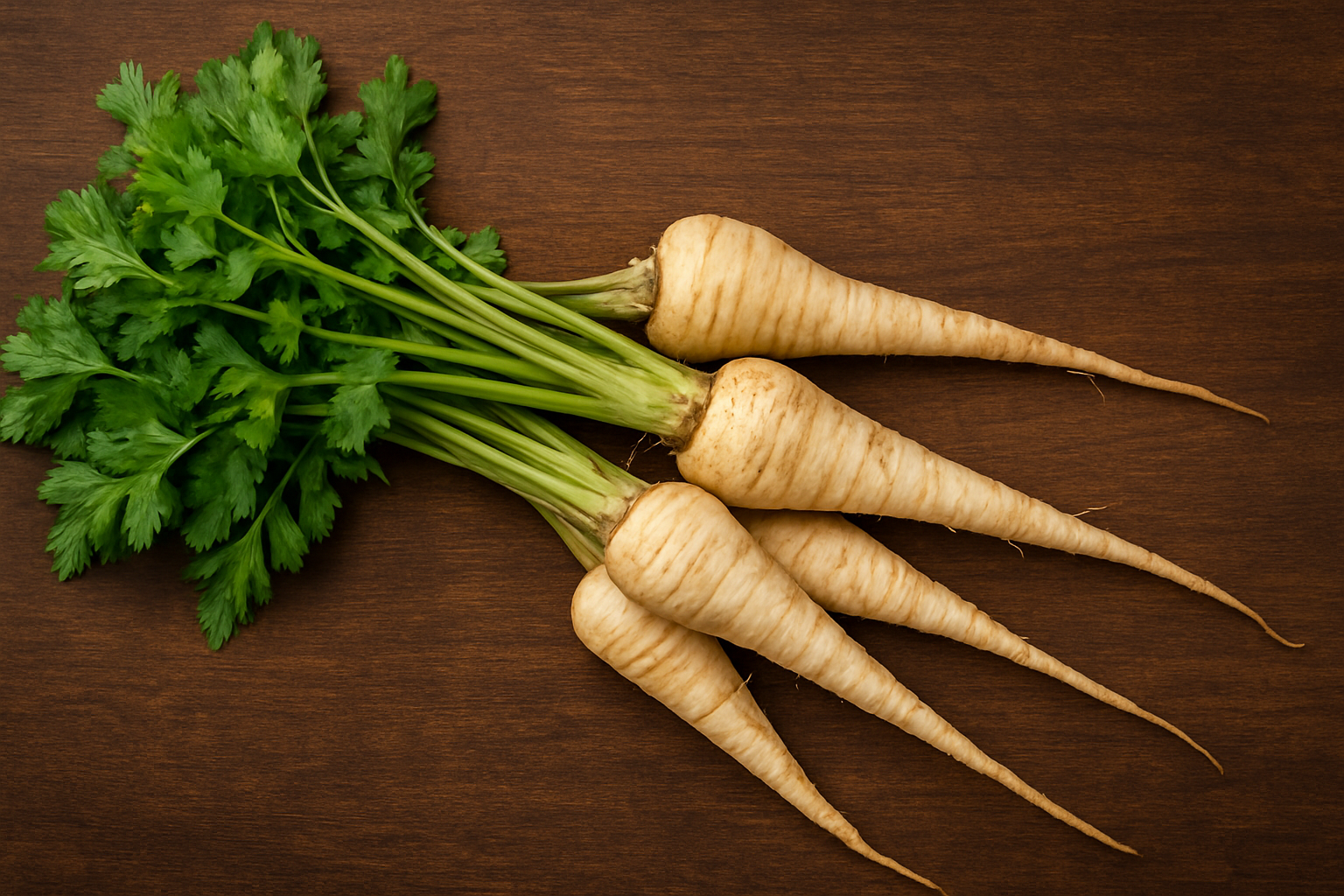
Is ‘parsnip’, a root vegetable that looks like a carrot, higher in carbohydrates and starch than carrots?
1. What are Parsnips? Parsnips are white root vegetables that look very similar to carrots. They have been a widely used food ingredient in Europe since ancient times and are characterized by a sweet and nutty flavor when roasted, similar to a sweet potato. 2. Nutritional Comparison with Carrots – Carrots: Carrots are a representative…
-
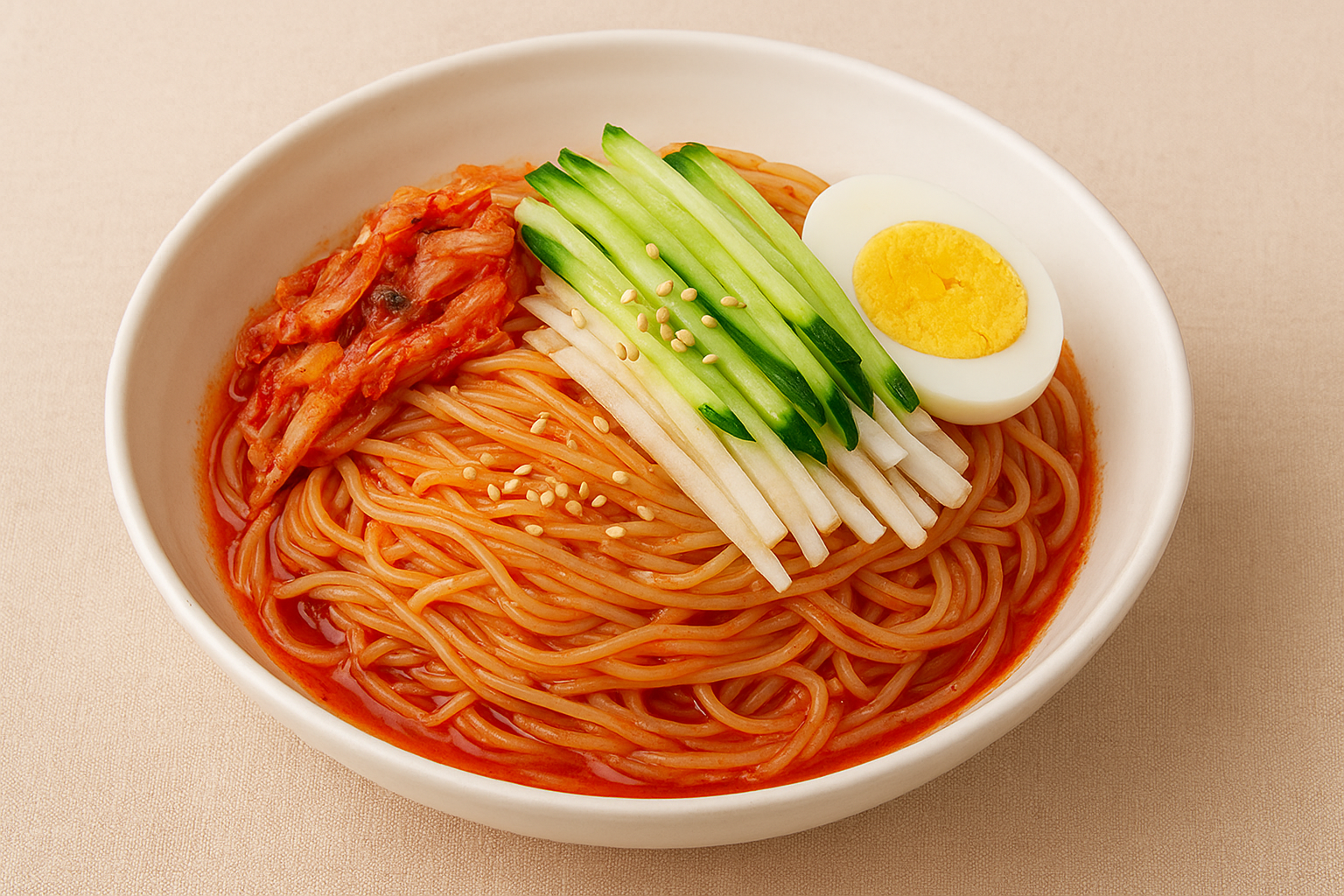
Do the very tough and chewy noodles of Jjolmyeon digest slowly and raise blood sugar gradually?
1. Main Ingredients of Jjolmyeon The signature tough and elastic texture of Jjolmyeon noodles is created by combining ‘potato starch’ or ‘sweet potato starch’ with ‘wheat flour.’ 2. The ‘Tough Texture’ Trap – Highly Refined Starch: The starch that is the main ingredient of Jjolmyeon is highly refined to leave only carbohydrates. This means it…
-
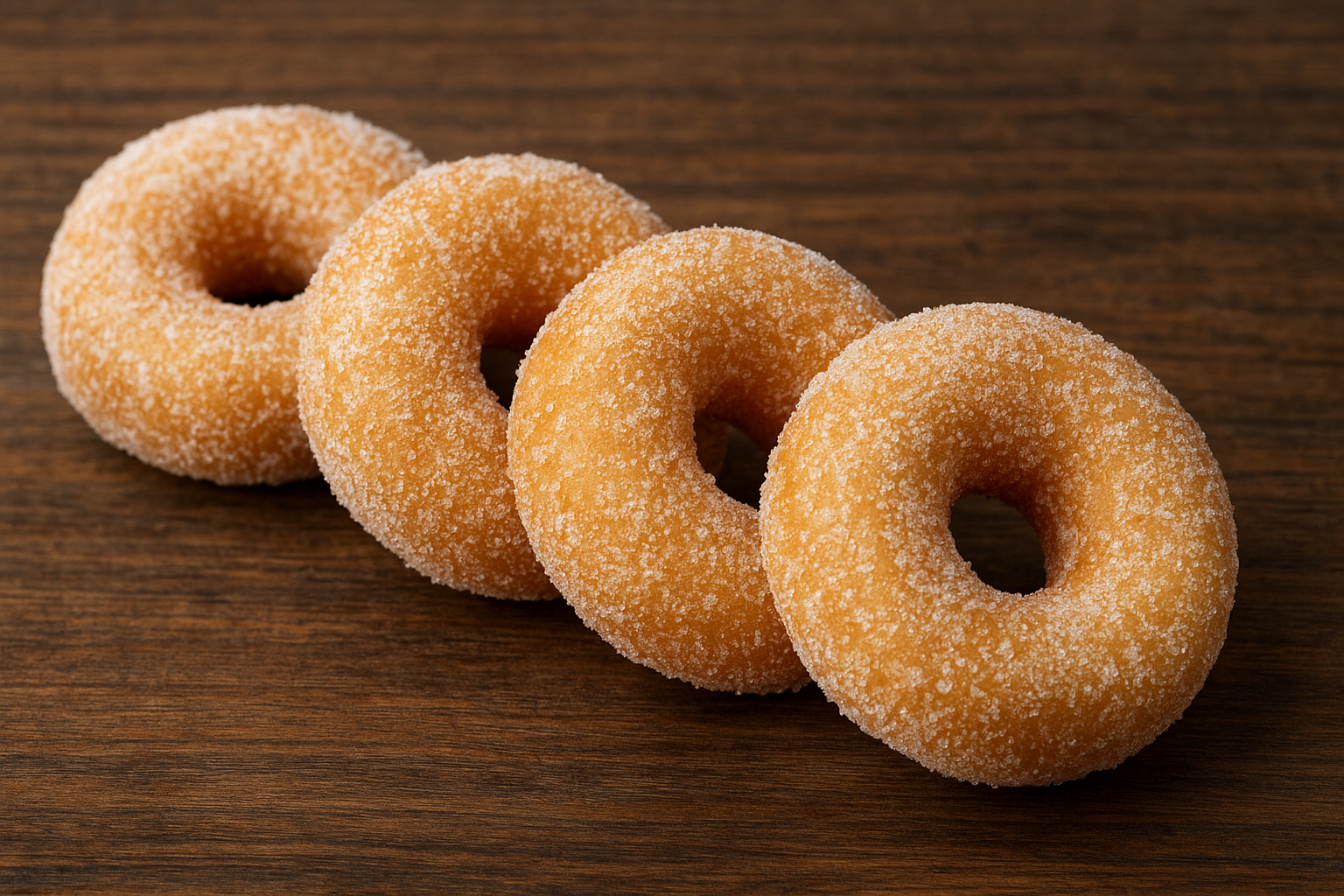
Can ‘glutinous rice donuts’, made from glutinous rice flour, raise blood sugar faster and higher than regular flour donuts?
1. The Glycemic Response of Glutinous Rice and Wheat Flour Both glutinous rice and wheat flour are high-carbohydrate ingredients that raise blood sugar quickly, but glutinous rice can be considered the king of ‘blood sugar spikes.’ – Glutinous Rice: The starch in glutinous rice is almost 100% ‘amylopectin.’ This component has a structure that allows…
-
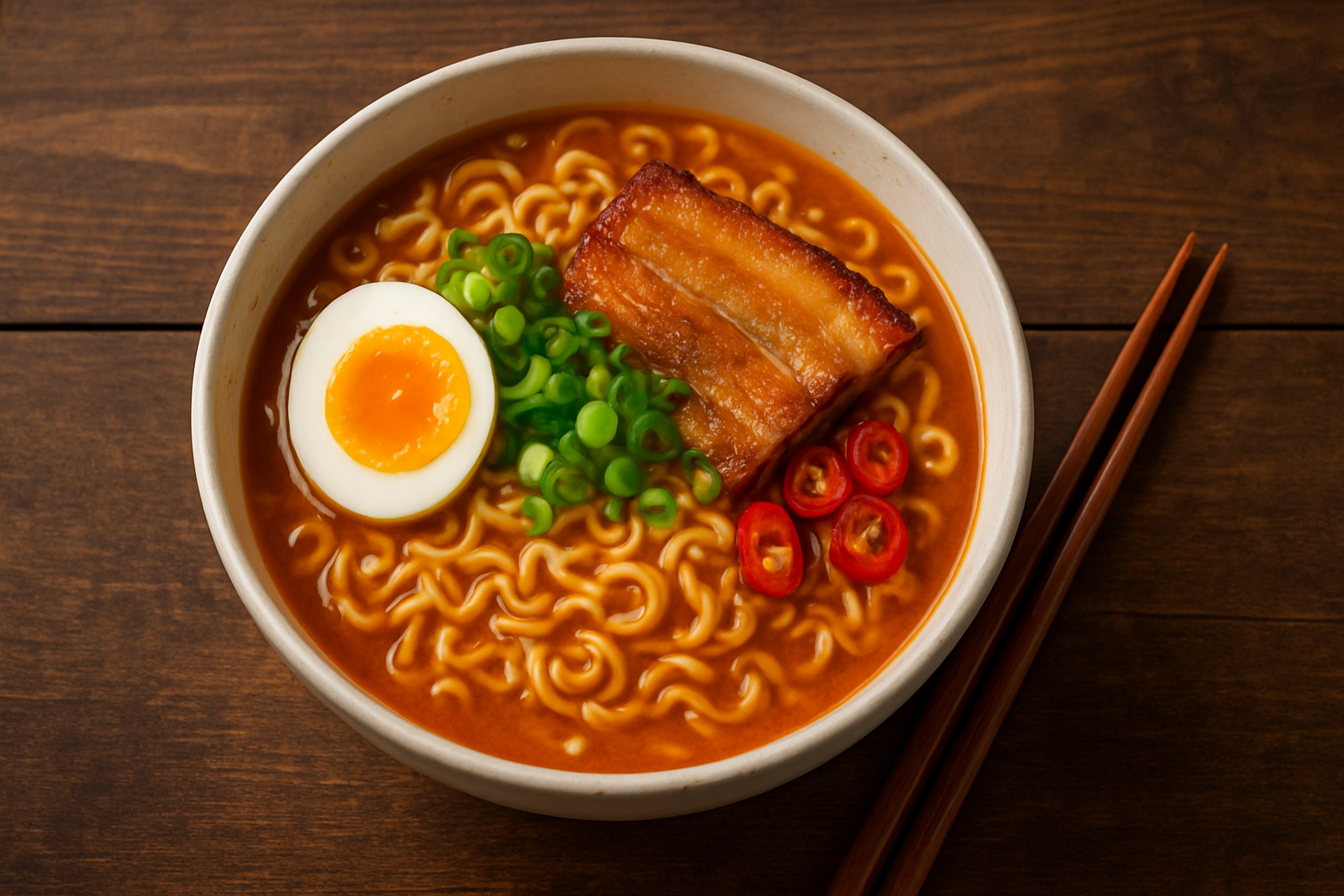
If you eat instant ramen raw by crushing it, does it raise blood sugar more slowly than when you eat it boiled?
1. The Relationship Between ‘Gelatinization’ and Digestion Speed The speed at which a carbohydrate raises blood sugar is closely related to its degree of ‘gelatinization.’ ‘Gelatinization’ is the process where starch, when heated with water, swells, softens, and becomes easy to digest. The more gelatinized a food is, the faster it is digested and absorbed,…
-
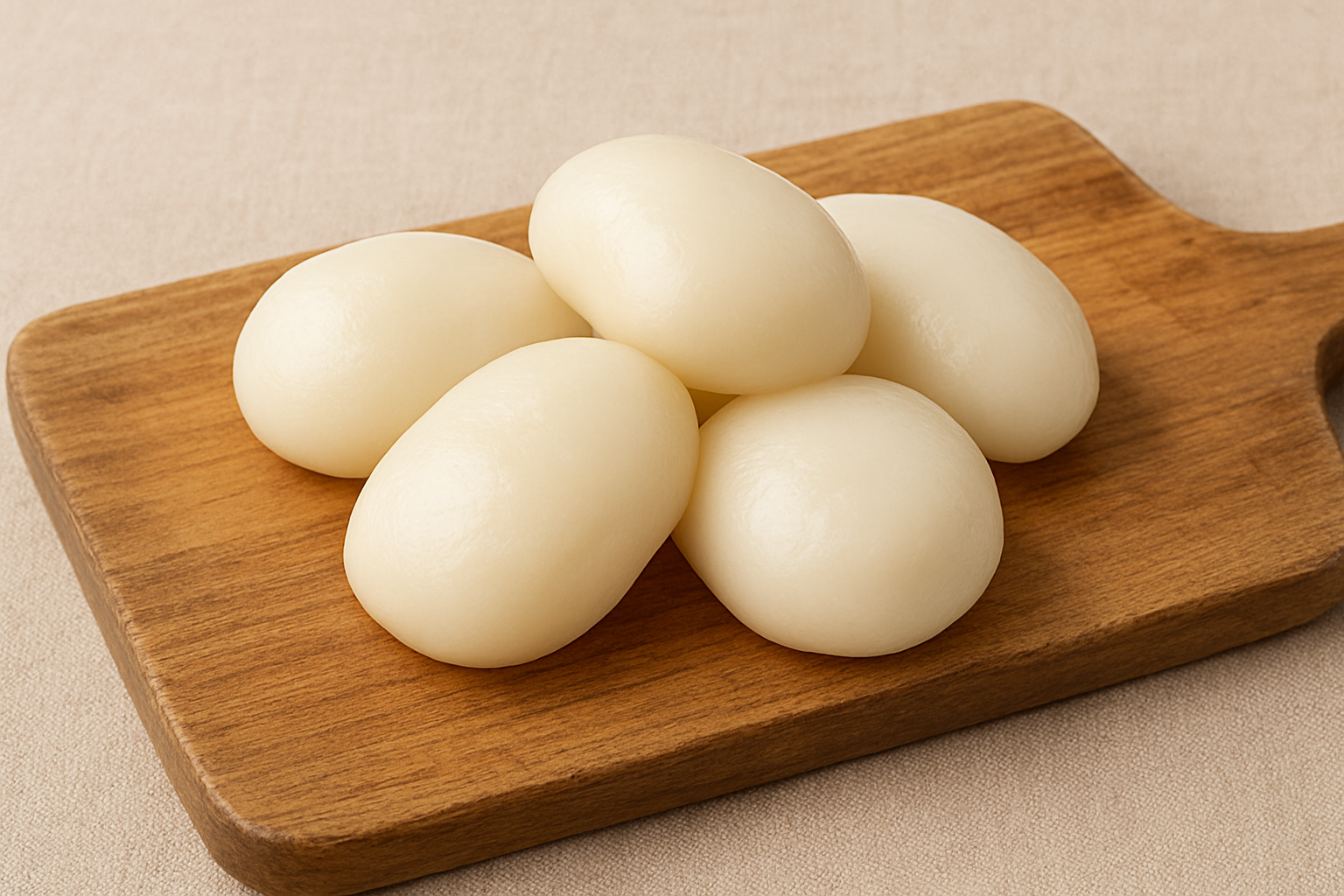
Are honey-filled rice cakes (kkul-tteok), being small and easy to eat in one bite, less impactful on blood sugar than larger rice cakes?
1. The Composition of Kkul-tteok Kkul-tteok are small, ball-shaped rice cakes, usually made from non-glutinous or glutinous rice flour, with a sweet filling made from a mixture of honey, sugar, and sesame seeds. 2. The ‘Small Size’ Trap Because they are small, it is easy to think that eating one or two would not be…
-
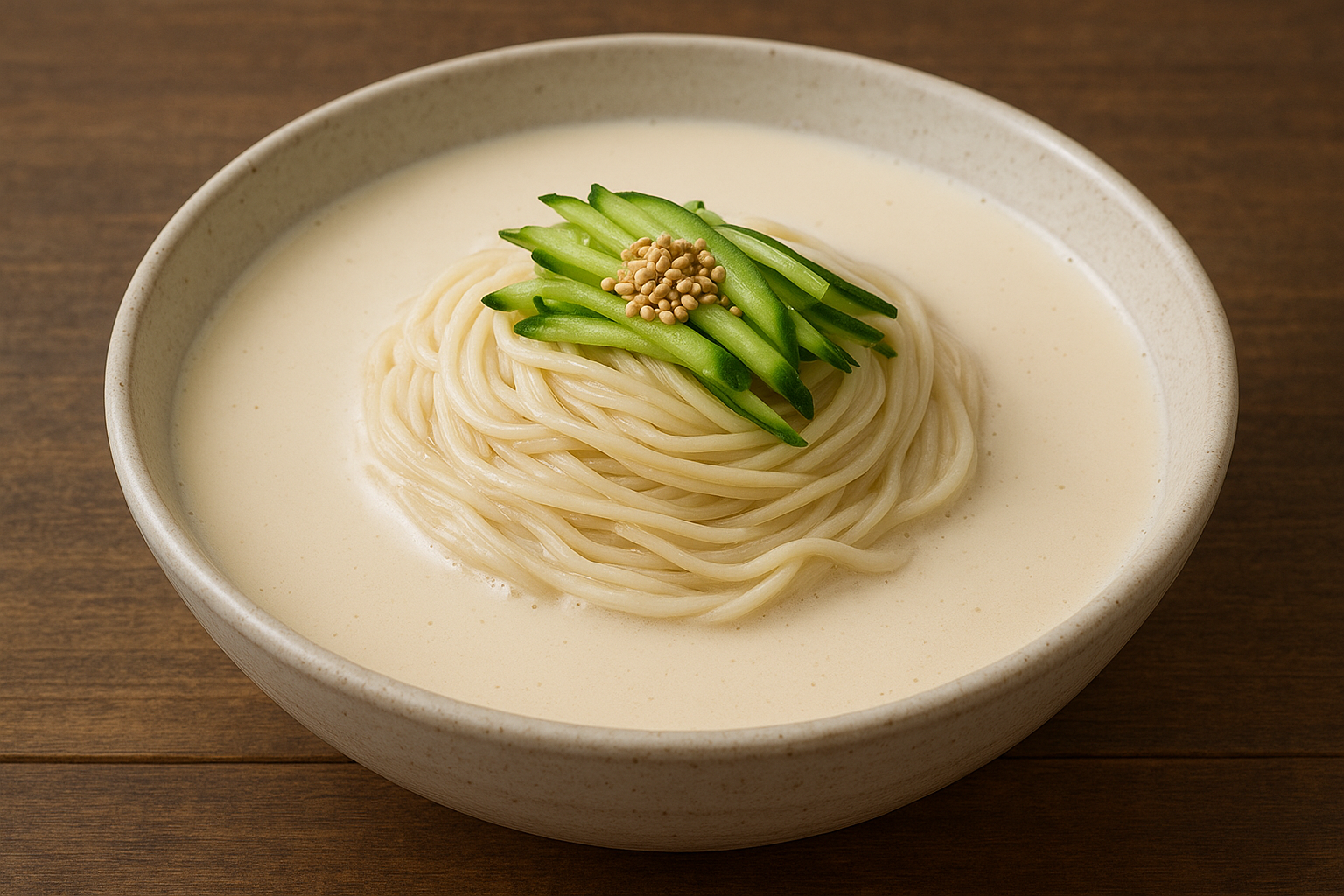
Can ‘kong-guksu’ (noodles in cold soy milk broth), thanks to its soy-based broth, be a better choice for blood sugar management than other noodle dishes?
1. The Nutritional Advantages of Kong-guksu Kong-guksu is a representative Korean summer health food, made by serving noodles in a cold broth made from ground, boiled soybeans. This ‘soy broth’ is the key element that differentiates kong-guksu from other noodle dishes. – Rich in Protein and Healthy Fats: Soybeans are so rich in plant-based protein…
DangTalk download | PESS Mining | PiSTORE | Naver Cafe
